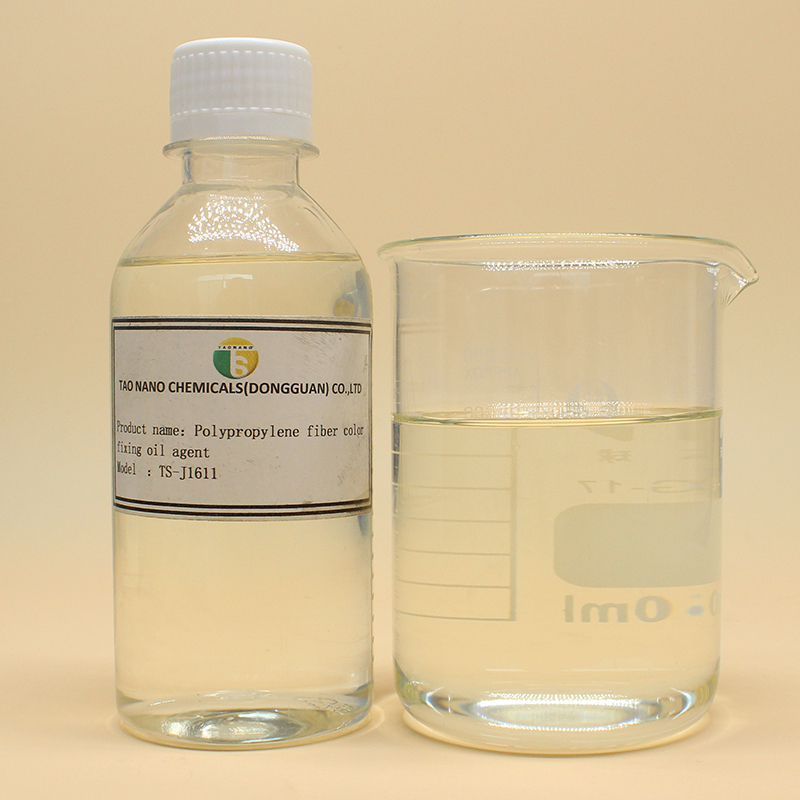- The rise of the Latin American market is expected to become a new growth pole for China's textile foreign trade
- Polypropylene yarn spinning oil is a key additive for enhancing the production efficiency of PP fibers
- The production process and market development prospects of polypropylene staple fiber
- The global trade landscape is undergoing significant changes in 2025
- Scientific selection of polypropylene spinning oil: Pay attention to components and performance indicators
- How can Polypropylene yarn spinning oil optimize your production process

- Contact: Miss Tang
- Telephone: 0086-18926870629
- Email: taonano@taonanooil.com
- Address:No. 59, Liantang Road, Sanzhong Village, Qingxi Town, Dongguan City, Guangdong Province
Faced with a wide variety of Polypropylene yarn spinning oil in the market, many producers find it difficult to make a choice. It is far from enough to merely focus on the price. The true value of an oil lies in its specific component analysis and key performance test indicators. The scientific selection of oil agents is the cornerstone for ensuring stable production and product excellence.
The core components determine the core functions. An efficient Polypropylene yarn spinning oil is the result of the synergy of its core components.
Smoothing agent: Usually an ester or mineral oil derivative, it is the main body of oil-based agents and is mainly responsible for reducing the dynamic and static friction coefficients of fibers to ensure smooth spinning and texturing.
Antistatic agents: Mostly ionic surfactants. They can neutralize the static charges generated during high-speed movement in a timely manner, preventing poor yarn adhesion, excessive lint, and dust adsorption in subsequent processes.
Emulsifier: It determines whether Polypropylene yarn spinning oil can form a stable and uniform emulsion with water. Poor emulsion stability can lead to uneven distribution of the oil agent on the yarn, and even cause it to precipitate in the oil tank, resulting in large-scale oil stain defects.
Other functional additives: According to specific requirements, wetting agents, antioxidants, preservatives, etc. may also be added to the formula to deal with different process and water quality conditions.
Key performance indicators are the hard and fast criteria for selection. When evaluating Polypropylene yarn spinning oil, it is essential to require the supplier to provide the following performance test data:
Emulsification stability: Observe whether there is stratification or oil floating in the emulsion after it has been standing for different periods of time.
Wetting permeability: Test the rapid wetting ability of the emulsion on fiber bundles, which is related to the uniformity of oiling.
Thermal stability: Assess whether the oil agent is prone to coking, volatilization and the generation of oil fumes on high-temperature hot rollers. This directly affects the equipment cleaning cycle and the workshop environment.
Applicability verification: A relatively reliable method is to conduct a small-batch trial on one's own production line and directly observe its actual impact on the breakage rate, lint content, and subsequent processability.
- The rise of the Latin American market is expected to become a new growth pole for China's
- Polypropylene yarn spinning oil is a key additive for enhancing the production efficiency
- The production process and market development prospects of polypropylene staple fiber
- The global trade landscape is undergoing significant changes in 2025
- Scientific selection of polypropylene spinning oil: Pay attention to components and perfor
- How can Polypropylene yarn spinning oil optimize your production process



